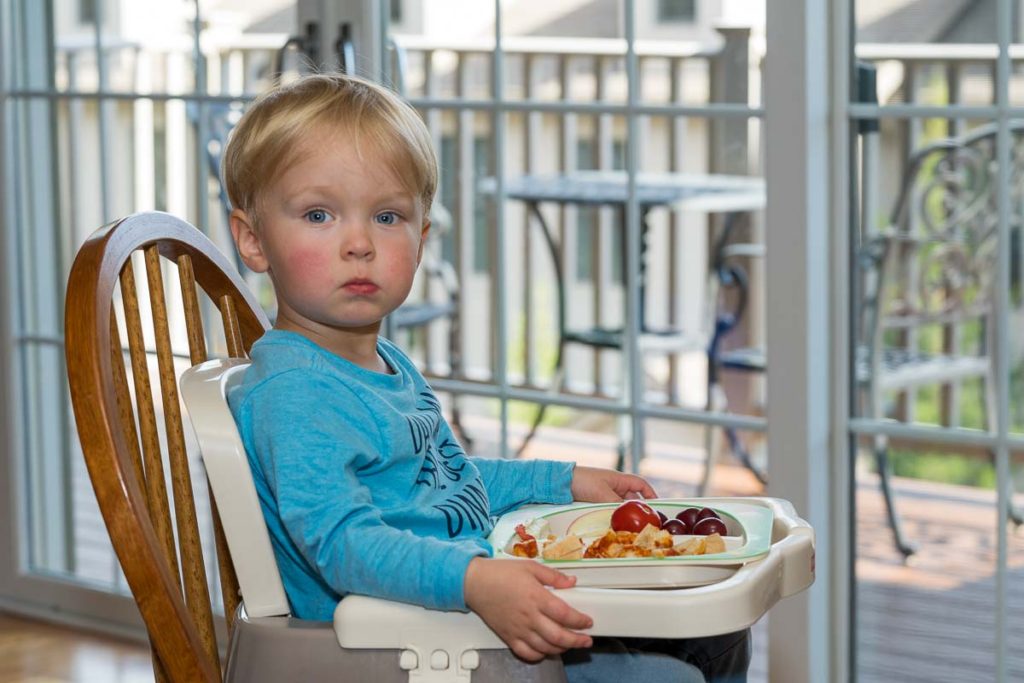A collection of odd thoughts
It has been a quiet month (when is it any different these days) and a few things were on my mind, and so this post is just a collection of things that you might be interested in!
First up – I saw a post on the Microstock Group this morning about a search on Adobe which brings up images and videos that have never sold. Thanks to Jo Ann Snover for discovering this. The core of her post was this table of unsold percentages:
| Media | Unsold percentage | |
| Photos | 81.95% | |
| Illustrations | 79.81% | |
| Vectors | 80.23% | |
| Videos | 96.83% | |
| Templates | 9.7% | |
| 3D | 18.38% |
Of course it immediately made me think about my own portfolio. You can find out how many sold images you have by looking through the pages of your portfolio sorted by downloads until you find the one that has no downloads shown, or, if you use Microstockr Pro to track your sales, you can look at the Best Sellers by Agency and that will show the earnings, downloads and the number of individual files that have sold. In my case, both approaches gave more or less the same number – 4403 out of a portfolio of 10,777 or 40% sold (60% unsold to match the table above). I did worry in the past that my portfolio – with many travel shots – would have a low rating (as shown by the return per online image that I have written about before) but it doesn’t seem that I am bad compared to the rest! Interestingly, videos are another kettle of fish as I have 41 sold out of a portfolio of 404 – just 10%. So I’m in better shape that the average here, but it is a pretty poor result bearing in mind the effort of putting each video online.
I’m not sure I can do anything with the information, but it is interesting, none the less.
Buying Stuff
When I am stuck at home, there is always a temptation to browse the internet for interesting things to buy and October was no different. I always try to look for things that have some potential use for stock imagery, but I’m occasionally driven by an interest in something new. This month I had a great excuse. I’ve written about my “home studio” in the past, and you might notice a fan turning lazily not too far above my head. During one session earlier in the month, I had my flashgun in a light stand reflecting off the white ceiling and I picked it up to move to a new location and “whallop” – the fan blade hit the flashgun and trigger ( a Canon 580 EX) and sent it flying across the room. Batteries went flying out of the unit but it seemed to be OK. It turns on, but no longer flashes… Pretty expensive photo shoot! So during the sales this month I looked for a new flashgun and decided on the Sony version of the Godox V1:

There is an accessory kit as well and I got both for $259 in a sale. I’ve been very pleased so far – my Canon flashes were fine, but everything had to be manual – I really like the way I can just add this to the hot shoe and fire away with the camera taking care of exposure.

Nothing great about this quick shot although it balanced the outdoor lighting with sunlight with good exposure to the face and nice round highlights in the eyes. So I’m pretty pleased with this “investment”.
I also saw a shot somewhere with a glass globe and thought that would be intriguing. There is an expensive version of this for $40 or so, but this was just $20:

This is 80mm in diameter which is a nice size to carry around. I thought I could do some landscape shots inside it, but for now have concentrated on some stock shots. I’ve got much better with practice and have gone from this early one:

Through to this one that is trying to illustrate the differing fortunes of the Chinese currency, the Yuan, in the global economy:

There is nothing wrong with the first, but it shows how you can improve by thinking of different ways to light and composite your shots together. The last one is a composite of three shots – the hands holding the ball, one with the ball and a light directly above it and then one with the Chinese Yuan banknotes being reflected in the globe. Not sure these will be big sellers, but they are interesting to create.
Out and About
I’ve also been out and about with my drone trying to capture the autumn colors in West Virginia (and the travel is tax deductible…):

Unlikely to be a big seller, I know, but it could make a nice print on the wall. Incidentally, zero sales of Fine Art Prints on FAA since I reduced the prices earlier in the month. Too early to tell if my plan is working, but the first signs aren’t great! I’ve also been photographing local towns on these trips as it costs nothing to stop and take a photo and this one has sold a couple of times. You never know when a previously unknown place gets into the news at some point:

Although I haven’t purchased a license yet, I have also been using the new Smart Shooter 4 from Tether Tools. This is an application that has a plugin for Lightroom and allows you to directly tether your Canon, Nikon or Sony camera to your computer and transfer files as they are taken, to the Lightroom catalog. What I like about this is that I can set it up with the live view from the camera filling one screen on my PC and my wireless mouse set over the button that triggers the shutter. So in the case of the image in the thumbnail to this post. I can set on the floor in front of my magic ball, check that the position is correct by glancing at the live view, trigger the shutter using the mouse by my side and then see the preview of the actual shot on the screen to see if the exposure and pose is correct as captured. No need to keep jumping up to look at the camera or taking the card out to upload to my PC – I see the shot and make adjustments as necessary before the next one. I will definitely license this for $69 when my trial expires. Incidentally, there are no restrictions in the trial version, which is great.
Well, that is probably enough for now – more later when the month’s earnings come into view!







Great post keeping on track of inventory and success ratio. Although those unsold may not be that disheartening. It depends on why they are there in the first place and what your expectation was as illustrated with your “hoping to get lucky” assessment of the recent cityscape photo. Congratulations on your move to Godox. I went through similar but from Nikon and suffered an intermediate stop in Yongnuo-land. Appears using on-camera. You will really enjoy it with one or more units off-camera and the XPro-S on-camera adjusting TTL ratios or manual strengths. (Sorry, I just added to your shopping list.)
Yes, Larry – I still have 3 Canon flashes that I use manually – an opportunity to upgrade!
I would not put too much thought into the analysis you postet.
It is obvious that 3D and templates sell much more percentage-wise than the rest, because these are in a closed collection not open to all contributors which much less assets, so the downloads spread over less files.
I agree, Robert. Just an interesting thing to put in the back of your mind. I think if I was spending a lot of time creating a lot of images and only a very small percentage were selling then I would start to think more carefully about what I was doing. But a 40% success rate doesn’t sound too bad.